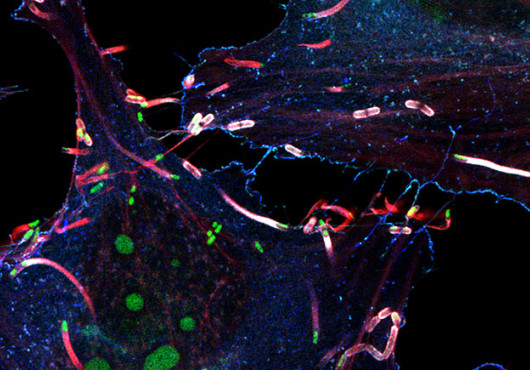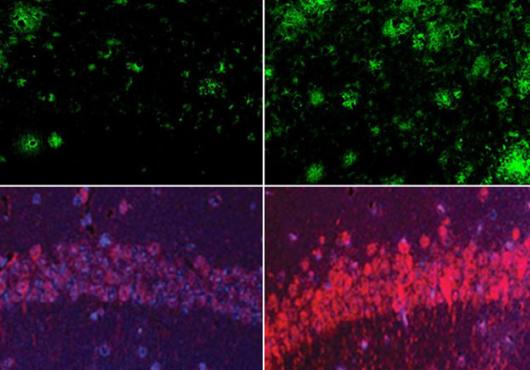
A new study led by researchers at Harvard Medical School has identified a set of cellular receptors for at least three related alphaviruses shared across mosquitoes, humans, and animals that host these viruses.
Going a step further, the researchers tested a “decoy” molecule that successfully prevented infection and slowed disease progression in a series of experiments in cells and animal models, an important first step toward developing preventive and curative medicines against these highly pathogenic viruses with pandemic potential.
The results were published December 20 in Nature.
Understanding the basic biology of a virus’s life cycle is crucial to finding a way to prevent an illness, and building such foundational knowledge before an outbreak is essential for preparing for future outbreaks, said study senior author Jonathan Abraham, assistant professor of microbiology in the Blavatnik Institute at HMS and an infectious disease specialist at Brigham and Women’s Hospital.
“Understanding how a virus enters and infects a cell is as basic as it gets,” he said. “Viral entry into human or other mammalian cells marks the beginning of the infection and eventually disease, and is a great place to begin looking for potential preventive strategies and curative medications.”
The alphaviruses the researchers studied, including eastern equine encephalitis virus (EEE virus), have a history of causing deadly, if short-lived, outbreaks, but little is known about how the virus attacks host cells. Only a few other receptors related to infection from alphaviruses have been identified. This gap in knowledge is one of the reasons for the lack of targeted treatments for these lethal viruses, Abraham said.






